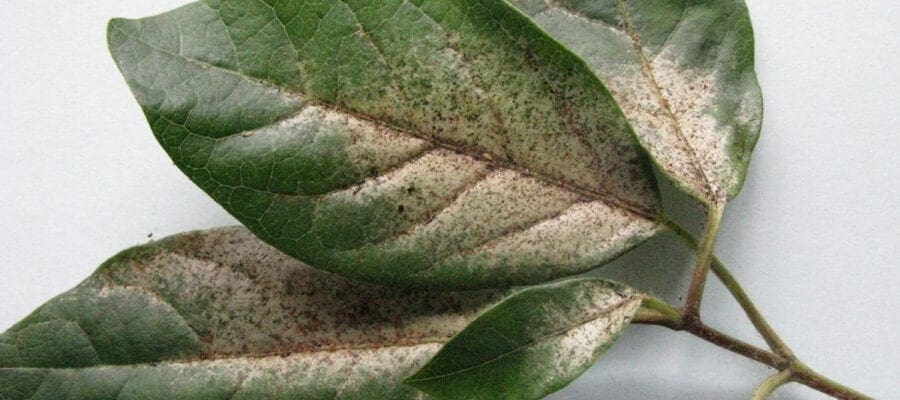A hot, moist 2016 saw the rise of humidity-loving pests and diseases, says the RHS Gardening Advice Service.
Slug and snails generated a record number of enquiries and regained the number one pest spot, which they’ve occupied in eight of the past 10 years. Fuchsia gall mite moved five places up the table, from eighth in 2015 to third in 2016, and glasshouse thrips had an even more spectacular rise, moving from outside the top 10 in 2015 to fourth last year.
Glasshouse thrips were primarily a problem within greenhouses until 2008 when the pest began to be reported on outdoor shrubs. It is thought that most of the 2016 outbreaks occurred on shrubs in sheltered positions in warm urban areas. Thrips feed by sucking sap, and infestations are characterised by a silvery discoloration of the upper surface of leaves.
Honey fungus retained its number one slot as the most troublesome disease – a distinction it has held for 21 years running – but the mild weather last year encouraged bacterial and scab diseases, which both broke into the top 10. Bacterial diseases, which thrive in moist, mild conditions, secured eighth place, with twice as many enquiries about fireblight as in 2015. Fireblight is a bacterial disease that kills the shoots of apples and pears and their ornamental relatives, giving the plant the appearance of having been scorched.
Find out more at http://press.rhs.org.uk/RHS-Science-and-Advice/Press-releases/Slugs—Snails-and-Honey-Fungus-Top-the-Royal-Hort.aspx





